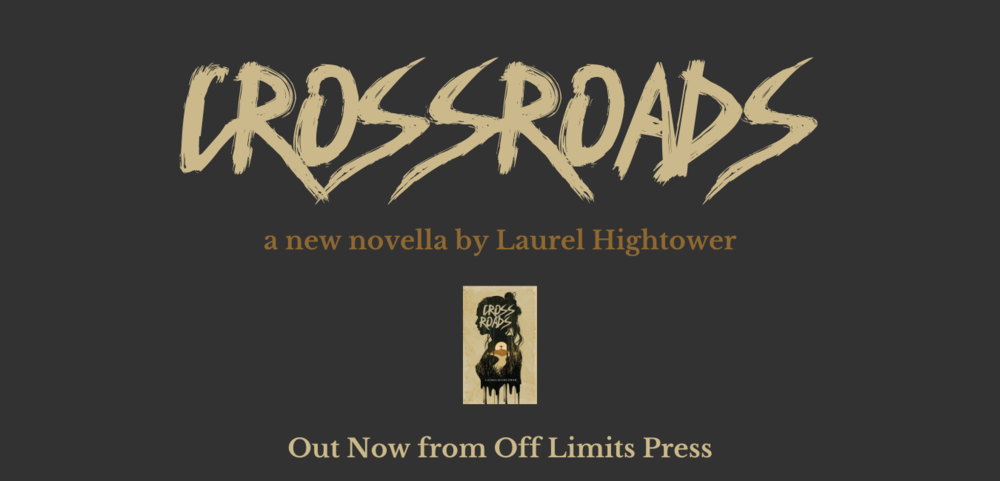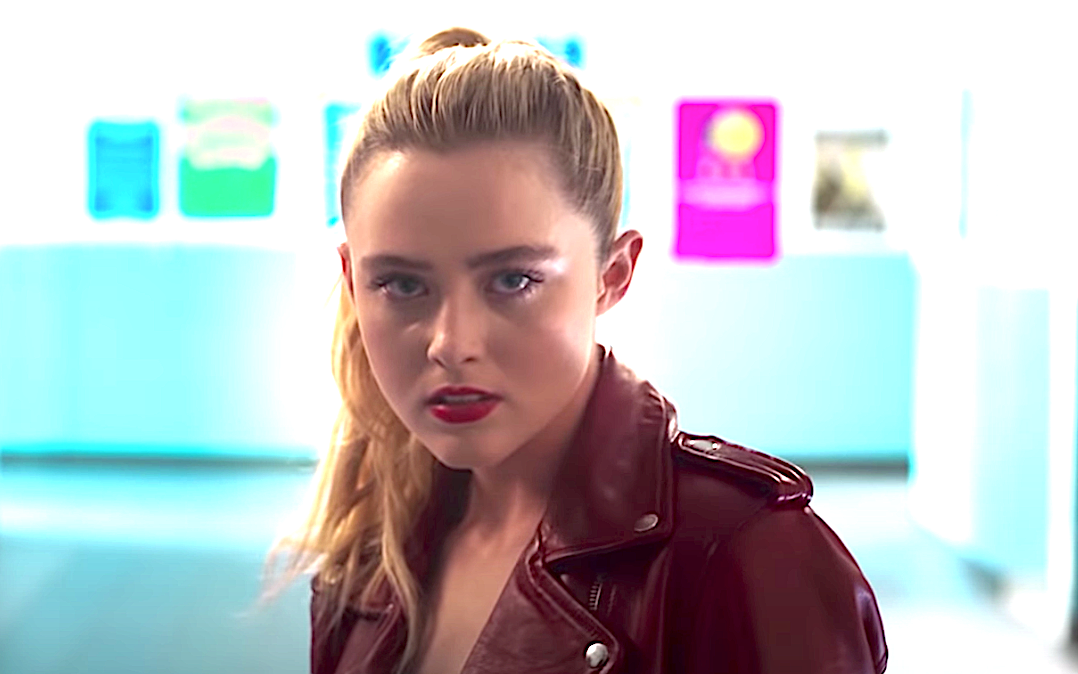The Last Vermeer
by Hope Madden
Who doesn’t like a story about swindling Nazis?
There’s something festive in that notion, and Dan Friedkin’s The Last Vermeer does what it can to keep the mood light as one of Holland’s unsung artists is accused of consorting with Nazis to help Goering purchase a painting by Dutch master Vermeer.
The film is set shortly after the end of WWII. Claes Bang, who seems to only make films about art (Burnt Orange Heresy, The Cube), plays Captain Joseph Piller. A former member of the resistance with a strained family life, Piller is part of an operation that finds said Vermeer, Christ and the Adulteress.
The problem with this movie is that Friedkin treats it like a mystery. Mysteries are cool, and the reveal here is certainly interesting, but there very are few clues to follow. And following those few clues are characters far less interesting than Han Van Meegeren, played here with fanciful, libidinous panache by Guy Pearce and someone’s joke of a pair of eyebrows.
Van Meegeren’s crime, if he did collaborate with Nazis to move a masterpiece from Holland’s greatest artist, is a capital one. Not that you’d know that from Pearce’s flashes of eccentricity and decadence. He seems to be enjoying himself. His character—and, indeed, Van Meegeren himself—commands attention.
Too bad Friedkin and his slew of scriptwriters decided to bury the lede. In one of those Hollywood moves, this film chose to sideline its main character—the real life figure who could face a firing squad—in favor of a safe, blandly attractive hero we can all root for.
Yawn.
Worse still is the criminal underuse of The Phantom Thread’s Vicky Krieps as the attractive but honorable assistant.
The Last Vermeer is one of those hopelessly manipulated true histories. It looks good, although nothing about the direction seems inspired. Instead the film delivers a competently made, by-the-numbers historical recreation when it could have been art.












